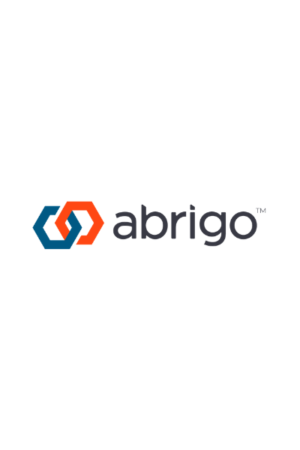As the OCC noted in its 2015 Survey of Credit Underwriting Practices, credit risk is increasing as underwriting standards have eased more than tightened for commercial and retail loan products for the third consecutive year amid increased competition for business. “Similar to pre-crisis surveys, the 2015 survey reflects that many banks are pursuing portfolio growth and yield by loosening underwriting standards,” the OCC said. Regulators’ supervisory efforts will continue to focus on credit risk tied to increasing loan volumes and easing standards. Credit analysts, credit managers, and chief credit officers can protect the institution by ensuring sufficient controls in the underwriting process through the actions below.
Provide consistency to cash flow analysis
Many financial institutions use software to perform cash flow analysis. An automated system allows banks and credit unions to underwrite loans more efficiently while maintaining consistency and transparency that can reduce risk and improve credit quality. By standardizing the input process and reducing the potential for double-counting, it decreases the potential for human error and reduces subjectivity that can occur with calculations and analyses that may differ from individual to individual.
Standardize the risk rating process
Institutions regulated by the OCC are likely already being required to conduct some sort of standardized, quantitative calculation. “Even if they’re not OCC-regulated, we’re seeing a trend that makes it more likely that they will have to have this,” Brown says. With the FASB’s current expected credit loss, or CECL, on the horizon, there’s also a larger focus on the risk-rating process because that directly impacts the allowance calculation.


